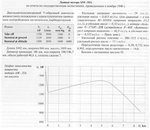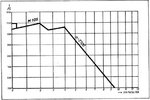davebender
1st Lieutenant
You want a high - low mix. Lot's of inexpensive but capable short range fighter aircraft for defensive purposes and to serve as escort for CAS missions up to about 75 miles behind enemy lines. Plus a smaller number of more expensive fighter aircraft that have the combat radius for escorting bombers. The YaK was the VVS low cost fighter aircraft and it should have production priority. There's no point talking about strategic bombing if you cannot secure your own airspace.


